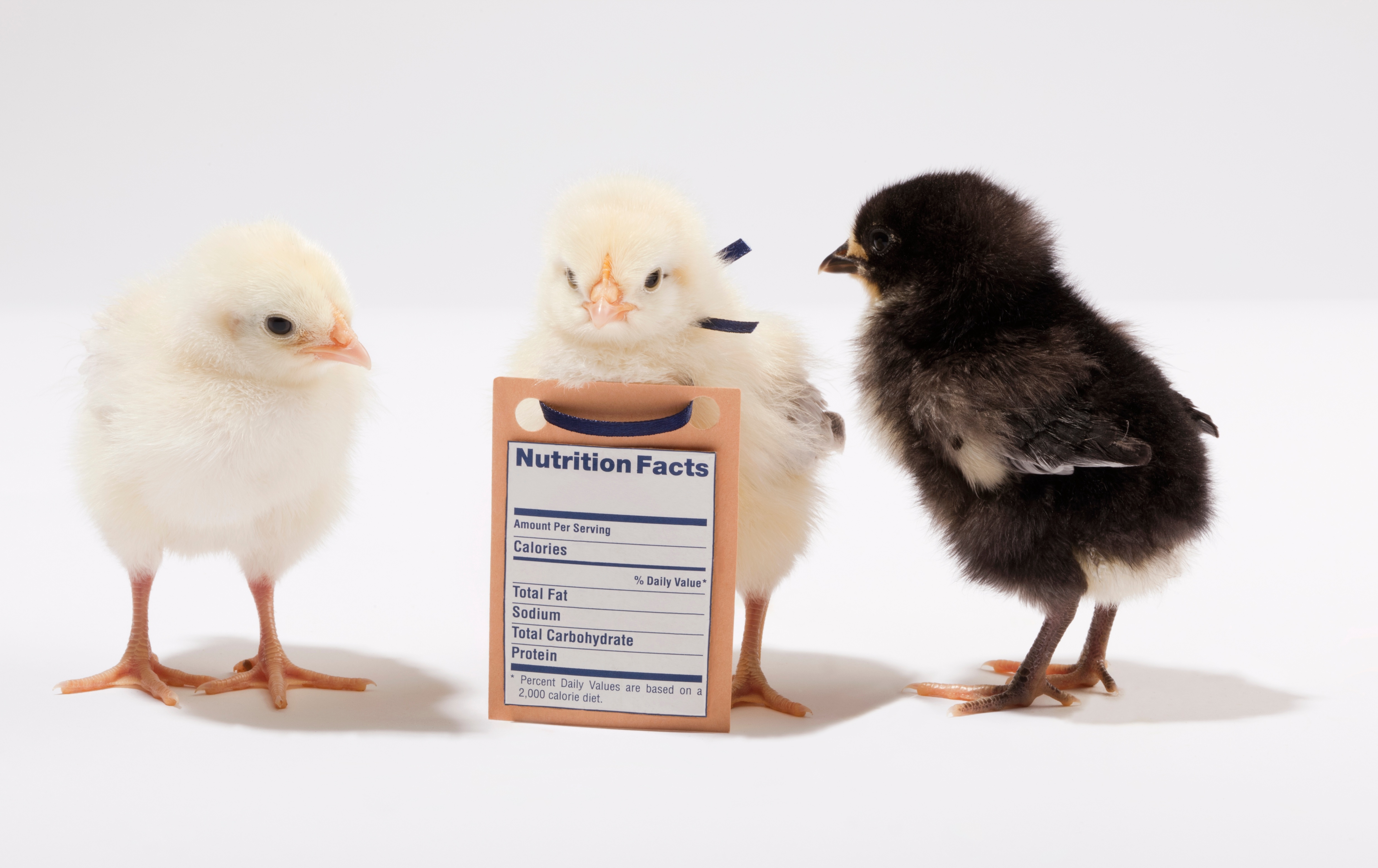When you're producing animal feed, you know that you're required to put particular information on the label. But what information is required, why is that information important and what are the problems that may occur if you don't correctly label your feed? Here's a quick overview of the importance of providing accurate information on your feed labels.
 Through a number of other agencies and mechanisms, animal feed is regulated in the United States through the Food and Drug Administration. Part of this regulatory process includes common definitions for feed ingredients as well as labeling requirements, mainly to ensure that the ingredients are being properly represented when the feed goes to market. This process is in place to ensure that any ingredient that is being fed to animals, especially those for food production, has been deemed safe for its use. These ingredients generally include grains, legumes, vitamins and minerals.
Through a number of other agencies and mechanisms, animal feed is regulated in the United States through the Food and Drug Administration. Part of this regulatory process includes common definitions for feed ingredients as well as labeling requirements, mainly to ensure that the ingredients are being properly represented when the feed goes to market. This process is in place to ensure that any ingredient that is being fed to animals, especially those for food production, has been deemed safe for its use. These ingredients generally include grains, legumes, vitamins and minerals.
If an additive ingredient doesn't follow particular sections of the Federal Food, Drug and Cosmetic Act, it's assumed to be unsafe for consumption as animal feed. This is often based on a fair evaluation of available data, with the burden of proof falling on the company petitioning for its inclusion in the feed. This rule is also extended to compounds that may not be part of the final feed, but may be used in production to improve palatability or similar approach to improve production. The overall reason why ingredients must be tested prior to approval is to prevent unsafe compounds from finding their way into the food at your local supermarket. To do this, each compound is tested to check for several areas of interest. These include the impact on human health, the impact on the targeted livestock, the environmental impact, and its utility in the feed, the manufacturing chemistry involved, the expected labeling requirements and the proposed regulation of that compound.
As an example, say that a layer ration contains an artificial red dye because it makes the egg yolks appear darker in color. If a significant portion of the population has a severe allergy or other unwanted health problem from that dye, having that dye show up in their egg yolks can cause a serious problem for those members of the general public. Under the current law, that ingredient would need to be labeled in the feed ingredients.
At a minimum, animal feed labels need to contain the target livestock species, as well as the brand and product names, the guaranteed analysis of protein, fat, fiber and other compounds as needed, a list of the feed's ingredients, directions for use, any precautionary statements, the manufacturer's contact information and the quantity in the package. In addition, a medicated feed must state that it is medicated directly after the product name in lettering that is half the size of the product name or larger, the FDA-approved reason for the medication, such as increased weight gain, the common name of each drug and its quantity or concentration as well as the directions for its safe use.
Keeping track of all these details can be difficult, but having high-quality labeling and tagging tools in your feed formulation software will help customers to generate legally compliant tags in a very efficient manner. This way you can implement and update international legislation and local rules without going into a manual and cumbersome tag creation process. Discover how Adifo's software can help today.
